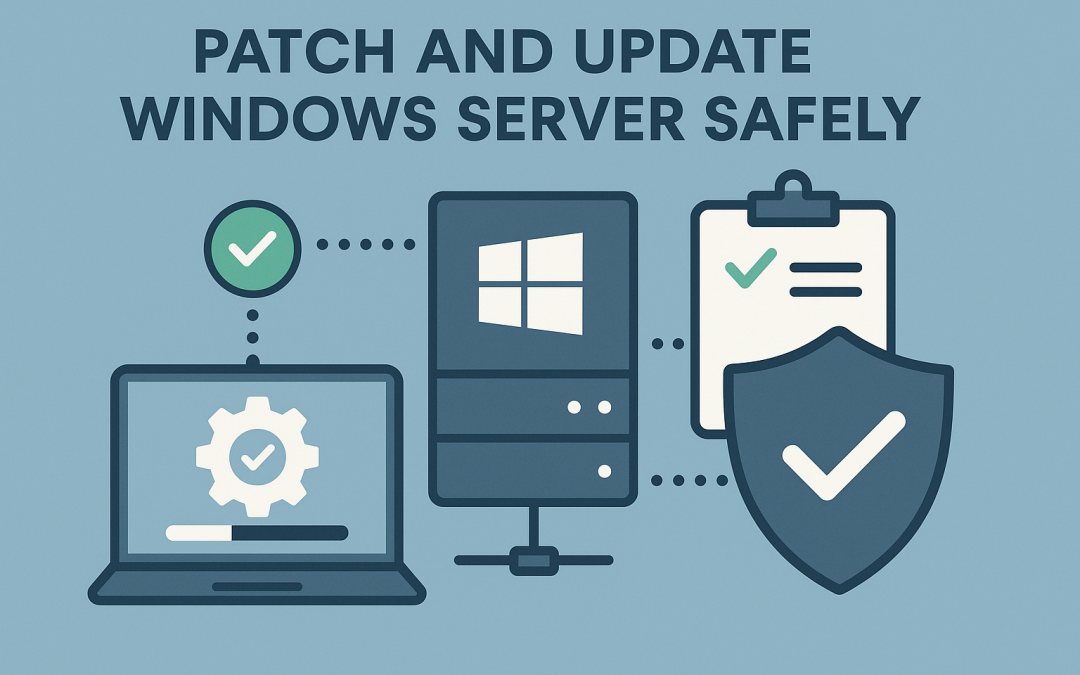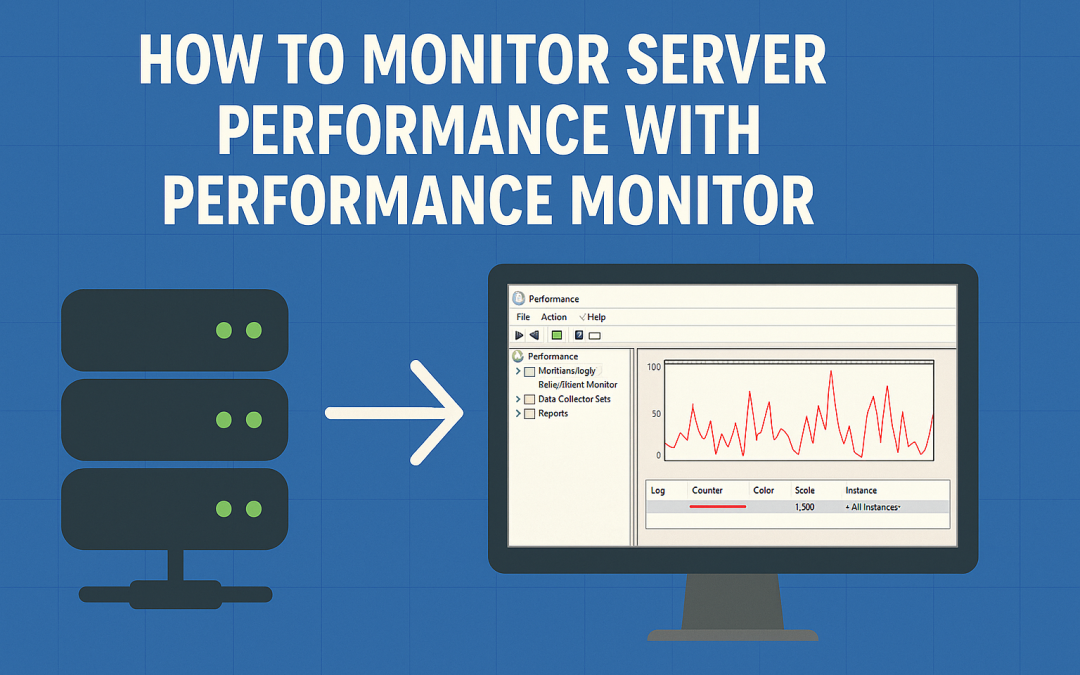In the fast-evolving world of digital gaming, engaging players and creating memorable experiences is paramount. One of the most innovative tools in modern game design is the use of dynamic symbols. These symbols, characterized by their variability and ability to transform during gameplay, have revolutionized how developers craft immersive and replayable games. This article explores the core principles of dynamic symbols, their role in enhancing player engagement, technical foundations, and future trends, illustrated with practical examples including the acclaimed game Aiko & The Wind Spirit.
Table of Contents
- Introduction to Dynamic Symbols in Game Design
- The Role of Dynamic Symbols in Enhancing Player Engagement
- Technical Foundations of Dynamic Symbols
- Case Study: Whispering Winds and Spirit Multipliers
- Dynamic Symbols and Payline Interactions
- Designing for Balance: Engagement versus Fairness
- Enhancing Narrative and Thematic Depth through Dynamic Symbols
- Advanced Concepts: Adaptive and Contextual Dynamic Symbols
- Future Trends: Innovation in Dynamic Symbol Design
- Conclusion: The Power of Dynamic Symbols to Transform Game Design
Introduction to Dynamic Symbols in Game Design
Definition and core principles of dynamic symbols
Dynamic symbols are visual elements within a game that can change their appearance, function, or both during gameplay. Unlike static symbols, which remain constant once placed on the game grid, dynamic symbols can evolve, animate, or transform based on game events, player actions, or predefined rules. This adaptability allows developers to craft richer visual storytelling and interactive mechanics, making gameplay more engaging and unpredictable.
Importance of visual and functional variability in engaging players
Variety in visual cues and functions keeps players visually stimulated and prevents monotony. When symbols can change—such as shifting colors, growth, or revealing new features—they create anticipation and surprise, which are key drivers of engagement. This variability also allows for dynamic storytelling, where symbols can visually narrate a game’s lore or thematic elements, deepening emotional investment.
Overview of how dynamic symbols differ from static symbols
While static symbols serve as fixed markers on the game grid—such as traditional playing card icons—dynamic symbols possess the ability to transform or animate. This might include expanding, flashing, changing shape, or triggering additional effects. The key difference lies in interactivity: dynamic symbols actively contribute to gameplay mechanics, adding layers of complexity and excitement beyond mere visual decoration.
The Role of Dynamic Symbols in Enhancing Player Engagement
Creating anticipation and excitement through variability
Dynamic symbols introduce unpredictability, which heightens player anticipation. For example, a symbol might start as a simple icon but then glow or animate to indicate a potential bonus or payout. Such visual cues signal upcoming opportunities, keeping players invested and eager to see what unfolds next.
Building narrative and thematic depth via symbol transformations
Transforming symbols can visually narrate a storyline or reinforce a game’s theme. For instance, in a game inspired by mythological stories, symbols representing characters might evolve as the story progresses, symbolizing their growth or awakening. This dynamic storytelling enhances immersion and emotional connection to the game world.
Impact on replayability and player retention
Because dynamic symbols can change during each play session, they ensure that no two spins are exactly alike. This variability encourages players to return, exploring different symbol interactions and outcomes. Studies in gaming psychology suggest that such variability significantly boosts retention rates, as players find each experience fresh and rewarding.
Technical Foundations of Dynamic Symbols
Mechanics of symbol evolution and animation
Implementing dynamic symbols involves complex animation and state management. Developers often use sprite sheets, vector animations, or real-time rendering to create smooth transitions. For example, a symbol might transition from a dormant state to an active one through a series of frames, synchronized with game events like wins or bonus triggers.
Integration with game mechanics such as multipliers and special features
Dynamic symbols often interact with game mechanics to unlock multipliers or trigger bonus rounds. For instance, a symbol that transforms into a ‘Spirit’ icon might increase a multiplier, stacking with others across reels. This integration requires careful programming to ensure seamless effects and balanced gameplay.
Managing complexity to maintain clarity for players
While adding dynamic elements can enrich gameplay, excessive complexity may confuse players. Developers often use visual cues, animations, and tutorials to clarify symbol states and mechanics, ensuring the experience remains intuitive and accessible for all skill levels.
Case Study: Whispering Winds and Spirit Multipliers
How “Memory” as a dynamic symbol mechanic influences gameplay
In games like Aiko & The Wind Spirit, the concept of “Memory” functions as a dynamic mechanic where symbols retain or change their state based on prior spins. This mechanic encourages strategic planning, as players anticipate future symbol transformations, adding depth to the gameplay experience.
Illustration of additive Spirit multipliers across reels
Spirit multipliers can accumulate across reels through symbol interactions, increasing potential payouts. For example, each Spirit symbol might add a multiplier value, stacking as the game progresses. This additive approach creates a sense of escalating excitement and rewards strategic symbol management.
Effect on potential payouts and game volatility
The incorporation of dynamic Spirit multipliers impacts game volatility by allowing for larger payout swings. While this can lead to higher winnings, it also introduces variability that keeps players engaged and eager to unlock higher multipliers, balancing risk and reward effectively.
Dynamic Symbols and Payline Interactions
How dynamic symbols interact with fixed paylines (e.g., 14 paylines across a 5×4 grid)
Dynamic symbols can appear on any position within a grid—such as a 5×4 layout with 14 fixed paylines—and influence payline outcomes through their transformations. When a symbol changes form or activates special features, it can create new winning combinations or enhance existing ones, expanding win possibilities beyond traditional static setups.
Enhancing win opportunities through symbol transformations
For example, a basic symbol might transform into a high-paying icon or trigger a bonus if it aligns with others. Such transformations are often synchronized with paylines to maximize winning potential and create dynamic payout scenarios, as exemplified in Aiko and the Wind Spirit.
Examples from “Aiko and the Wind Spirit” demonstrating payout scenarios
In this game, the Wind Spirit symbol can evolve to increase multipliers or unlock bonus features, leading to varied payout scenarios depending on symbol interactions. These mechanics showcase how dynamic symbols can significantly influence total winnings and game excitement.
Designing for Balance: Engagement versus Fairness
Ensuring dynamic symbols contribute to a balanced gaming experience
While dynamic symbols add excitement, they must be calibrated to prevent unfair advantages or excessive volatility. Balancing payout frequencies, symbol transformation probabilities, and game mechanics ensures players experience thrill without feeling manipulated or frustrated.
Managing player perception of randomness and skill
Transparent communication about symbol mechanics and odds fosters trust. Incorporating visual cues and tutorials helps players understand how dynamic symbols influence outcomes, blending elements of skill and chance effectively.
Techniques to prevent overcomplexity and frustration
Designers often use intuitive animations, clear iconography, and progressive disclosures to manage complexity. For example, highlighting symbols that are active or transforming can guide players without overwhelming them.
Enhancing Narrative and Thematic Depth through Dynamic Symbols
Using dynamic symbols to tell a story (e.g., Aiko’s journey with the Wind Spirit)
Dynamic symbols serve as visual storytelling tools. In thematic games like Aiko & The Wind Spirit, symbols evolve to represent characters’ growth, challenges, or key story moments, immersing players in a narrative journey that unfolds through gameplay mechanics.
Visual cues and animations that reinforce game lore
Animations such as swirling winds, glowing spirits, or awakening symbols deepen the thematic experience. These cues not only entertain but also reinforce the lore and emotional stakes, making gameplay resonate on a storytelling level.
Impact on emotional engagement and immersion
When symbols visually reflect narrative themes, players develop stronger emotional bonds. The dynamic evolution of symbols acts as a bridge between gameplay and storytelling, fostering greater immersion and satisfaction.
Advanced Concepts: Adaptive and Contextual Dynamic Symbols
Symbols that change based on game state or player actions
Modern games explore adaptive symbols that respond to in-game events or player choices. For instance, a symbol might glow brighter or become more prominent as the player approaches a bonus, providing real-time feedback and strategic cues.
Examples of contextual mechanics in modern slot games
Contextual mechanics include symbols that activate only under certain conditions—such as during specific bonus rounds or when certain symbols appear. This layered approach adds depth and variability, exemplified by games like Aiko and the Wind Spirit, where symbols adapt dynamically to game states.
Potential for innovative gameplay scenarios, referencing “Aiko and the Wind Spirit”
Future innovations could see symbols that adapt based on player history or real-time analytics, creating personalized experiences. For example, in Aiko & The Wind Spirit, such mechanics could tailor symbol evolution to individual play styles, enhancing engagement and satisfaction.
Future Trends: Innovation in Dynamic Symbol Design
Integration with augmented reality and virtual reality
AR and VR technologies will enable immersive symbol interactions, where players see symbols come to life in 3D space. This could revolutionize how stories and mechanics are experienced, making dynamic symbols even more captivating.
AI-driven symbol adaptation for personalized experiences
Artificial intelligence can


0 Comments